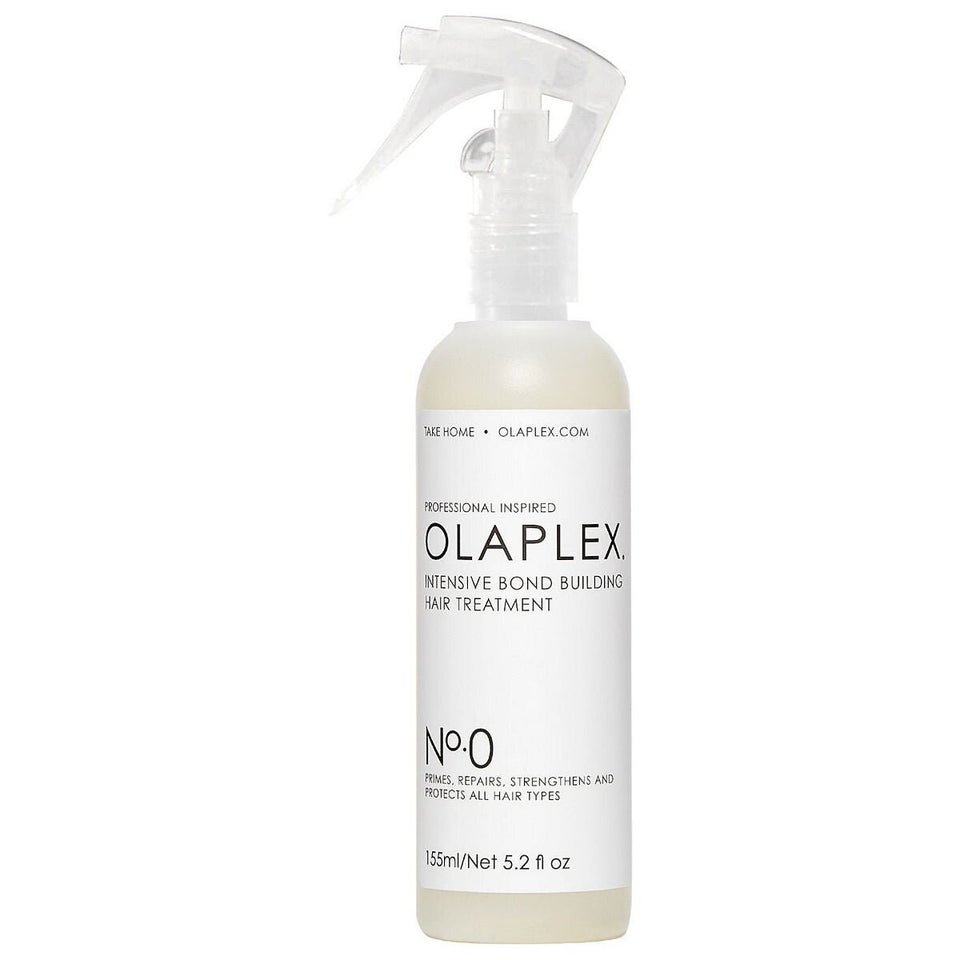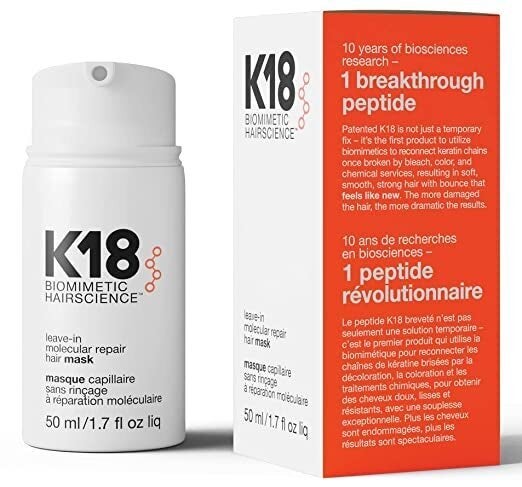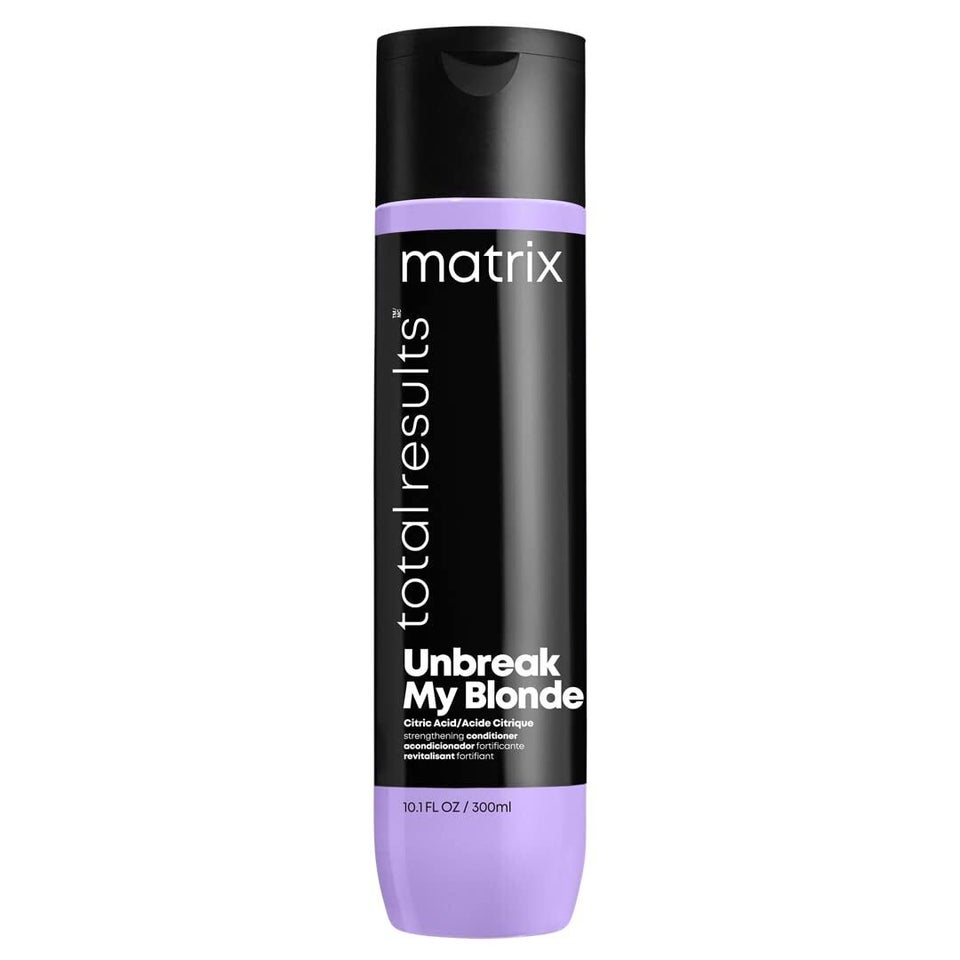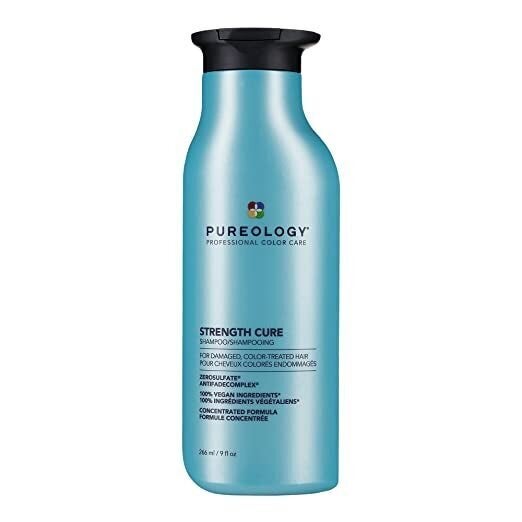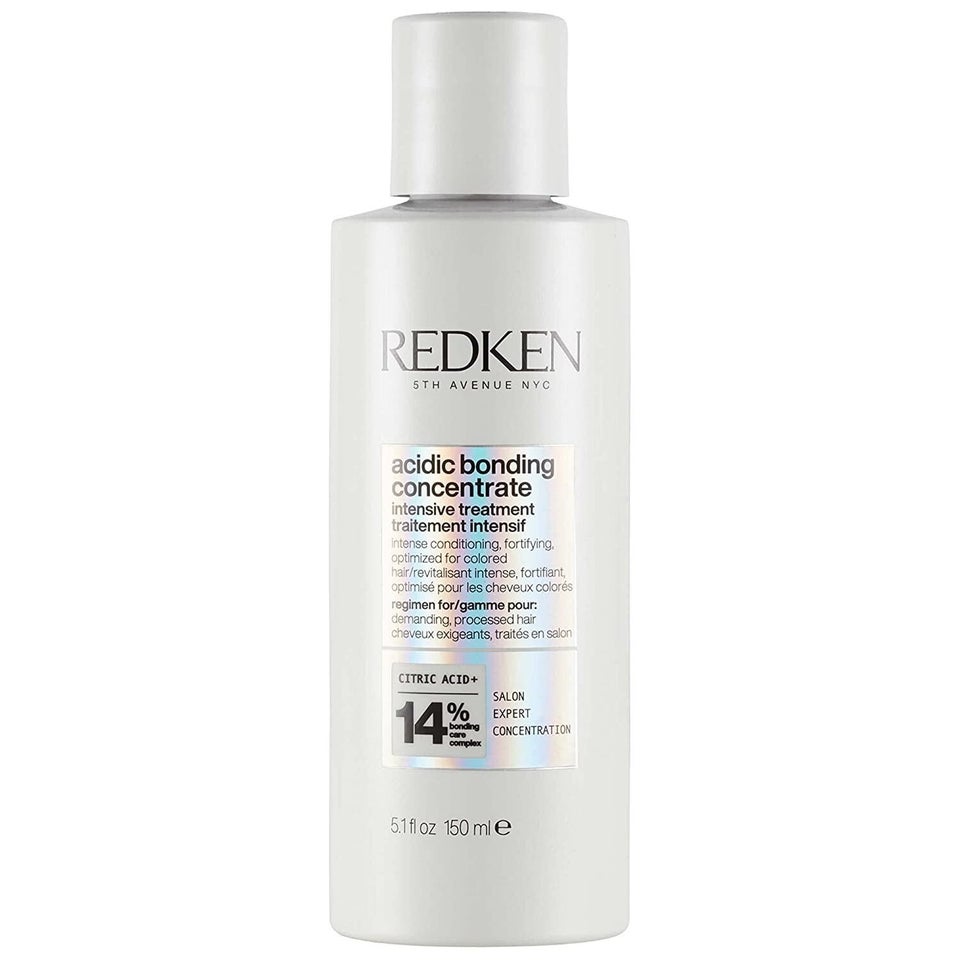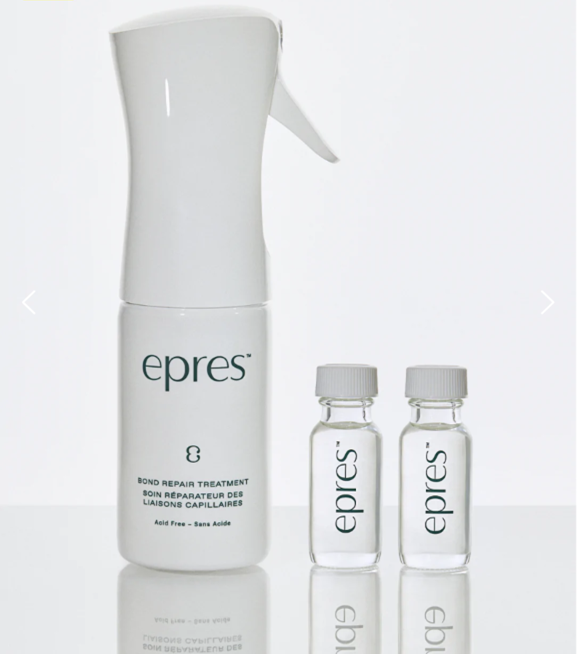You might be noticing an abundance of hair in your shower, on your pillow or on your hairbrush, making you wonder if you’re losing more than usual. The average person loses 50 to 100 hairs a day, according to the American Academy of Dermatology Association. However, that number naturally increases as you get older.
Hormones, stress and age are the largest contributors to hair shedding. However, hair loss differs from shedding: It occurs when something stops the hair from growing altogether.
Common causes of hair loss include hereditary hair loss, immunity deficiency, some drugs and treatments, certain hairstyles, and harsh hair products. Shower habits are more important than ever for your hair and scalp health, especially if you’re noticing more hair loss or thinning.
Whether your hair is thinning along the crown, part or temples ― or you’re experiencing complete hair loss ― the reasons can range from the temperature of your shower to where you’re applying your hair products to what you apply after your shower, according to Mandy Buechner, a hair loss practitioner and certified trichologist, or hair and scalp expert, at Thairapy Wellness Center.
“Your hair is at its weakest state when wet and is the most vulnerable to damage, so having good shower habits ensures the health and integrity of your hair and scalp,” Buechner said.
We asked experts about the shower habits that may be damaging your scalp and hair health, and what to do instead to combat hair loss and thinning.
Hot Water
Water temperature can make or break your hair. Just like heat from a blow dryer or flat iron, hot water can have detrimental effects on your hair.
“Heat and water expand the cuticle layer in the hair when the hair is wet. This can slightly lift the cuticle layer temporarily,” Buechner said.
Your hair expands in contact with hot water, which can cause it to be more prone to breakage and frizziness.
Hot water can also damage your scalp, causing it to become dry, and can affect hair follicles, said William Gaunitz, a certified trichologist and founder of Advanced Trichology.
“Your scalp, like your skin and your gut, has a delicate balance of bacteria and fungus,” Gaunitz said. “When things become out of balance, unhealthy bacteria and fungus can grow at high rates, and that can lead to inflammation, dandruff, seborrheic dermatitis and excessively dry or excessively oily scalp.”
Showering in warm or cold water may prevent breakage of the hair cuticle and damage to the scalp.
“Cooler water helps to seal the cuticle layer back down and increases shine,” Buechner said. “You don’t have to wash in super cold water, just not scorching hot.”
Shampooing Too Often
Shampoo consists of detergents, thickeners, preservatives and additives that cleanse the scalp and hair. That foamy lather of your shampoo is a result of sulfates, or detergents that remove or cleanse the oils on your hair and scalp. Most shampoos contain sulfates. However, they may irritate or damage the hair follicles when used too often.
Since many shampoos contain sulfates, look for a mild or sulfate-free shampoo, especially if your hair is dry.
Your hair-washing frequency should be based on your hair type and length, and there’s a chance that you may be stripping your hair of the natural sebum it produces. Especially as you get older, your scalp produces less oil, so you might not have to shampoo as often.
“When you are not losing hair, and you have a healthy scalp, shampooing twice weekly is certainly enough to keep your hair clean and healthy,” Gaunitz said. “Shampooing more frequently can actually cause problems, including dry, oily scalp, or induce inflammation that can lead to mild thinning.”
Shampooing The Ends Of Your Hair
Along with shampooing too often, you may be applying shampoo to the wrong parts of your hair. Your hair naturally produces oils and sebum on the scalp, which is where your shampoo should stay. Using hair care products like shampoo incorrectly might cause changes in hair texture and hair shaft damage.
“Shampooing is not recommended for the ends of the hair because when you rinse off the shampoo from the scalp, it will rinse down the hair shaft and cleanse sufficiently,” Buechner said. “Although, if you use a lot of hair products like gels, hairspray, etc., then shampooing the whole hair is fine to get those heavy products off the hair shaft.”
When applying conditioner, the opposite rule applies. You should only apply it to the ends of your hair. Conditioners add a sebum-like substance to the hair. Unlike a shampoo, a conditioner will not remove sebum, dirt or residues from your hair, so it isn’t effective for cleaning the scalp.
In summary, focus the shampoo on the top of your head and scalp, and then apply conditioner to the ends of your hair. This is the most effective way to remove sebum while coating the ends of the hair that tend to become dry.
Using A Heavy Cotton Towel
Most of us tend to dry our hair using a cotton towel, rubbing the hairs together to absorb moisture. However, this can have a negative effect, especially since your hair tends to be at its weakest when it’s wet.
Additionally, a towel’s texture can continuously pull on the hair over time, especially if your hair has a fine or porous texture, Gaunitz said.
“Cotton body towels have very large cotton fibers that pull and put stress on the hair’s cuticle layers and follicles,” Buechner said. “This can cause friction leading to damage, breakage and even thinning.”
Microfiber towels or even T-shirts might be helpful in preventing hair loss or thinning by not drying out the hair completely and instead allowing it to slightly air-dry. If you are using a towel, it’s important to continuously wash it to protect the scalp from fungal and parasitic infections.
“Microfiber towels are the best for drying your hair and they are fairly inexpensive,” Buechner said. “Ditch the cotton body towels.”
Looking for some bond-building hair products to strengthen your hair? Check out some favorites below.
HuffPost may receive a commission from some purchases made via links on this page. Every item is independently curated by the HuffPost Shopping team. Prices and availability are subject to change.
Olaplex intensive bond building hair treatment
“In general, it appears that popular brands such as Olaplex lead to at least temporary improvement of hair strengthening,” said Dr. Nicole Negbenebor, a dermatologist.
“I’ve had Olaplex in my toolbox for years,” said colorist Tina Deeke.
Matrix Total Results Unbreak My Blonde leave-in treatment
Pureology Strength Cure
Redkin acidic bonding concentrate

